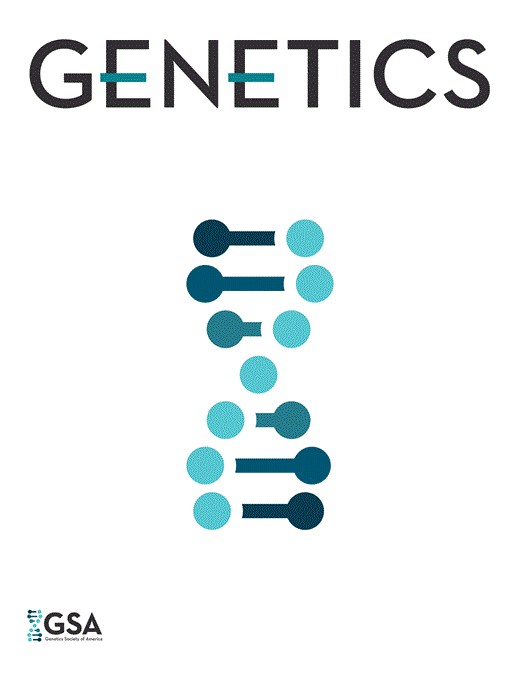-
PDF
- Split View
-
Views
-
Cite
Cite
Christine R Preston, John A Sved, William R Engels, Flanking Duplications and Deletions Associated With P-Induced Male Recombination in Drosophila, Genetics, Volume 144, Issue 4, 1 December 1996, Pages 1623–1638, https://doi.org/10.1093/genetics/144.4.1623
Close - Share Icon Share
We studied P element-induced recombination in germline mitotic cells by examining the structure of the recombinant chromosomes. We found that most recombinants retain a mobile P element at the site of the recombination, usually with either a deletion or a duplication immediately adjacent to the P end at which the crossover occurred. The sizes of these deletions and duplications ranged from a few base pairs to well over 100 kb. These structures fit the “hybrid element insertion” (HEI) model of male recombination in which the two P-element copies on sister chromatids combine to form a “hybrid element” whose termini insert into a nearby position on the homologue. The data suggest that P-induced recombination can be used as an efficient means of generating flanking deletions in the vicinity of existing P elements. These deletions are easily screened using distant flanking markers, and they can be chosen to extend in a given direction depending on which reciprocal recombinant type is selected. Furthermore, the retention of a mobile P element allows one to extend the deletion or generate additional variability at the site by subsequent rounds of recombination.
Communicating editor: R. S. Hawley



